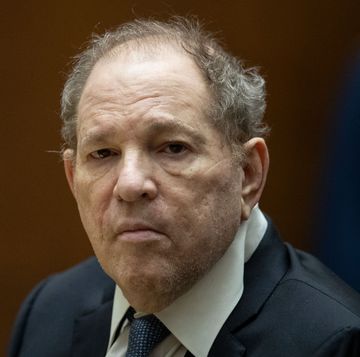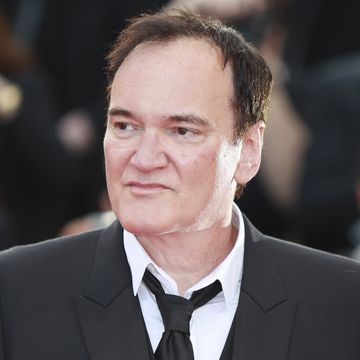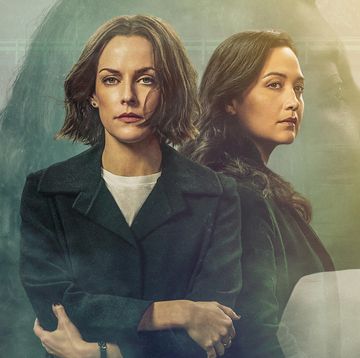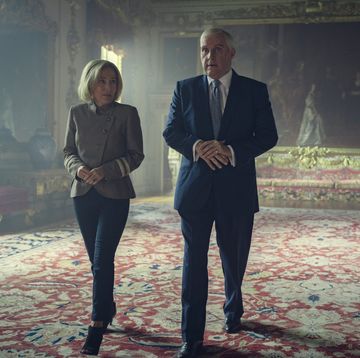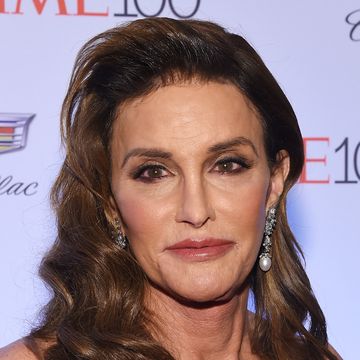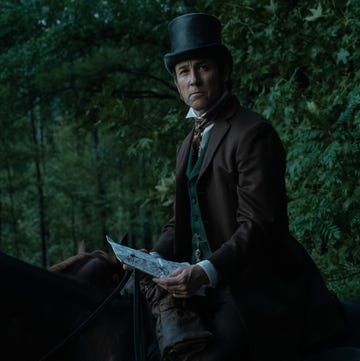(1928-1999)
Who Was Stanley Kubrick?
Born in New York City on July 26, 1928, Stanley Kubrick worked as a photographer for Look magazine before exploring filmmaking in the 1950s. He went on to direct a number of acclaimed films, including Spartacus (1960), Lolita (1962), Dr. Strangelove (1964), A Clockwork Orange (1971), 2001: A Space Odyssey (1968), The Shining (1980), Full Metal Jacket (1987) and Eyes Wide Shut (1999). Kubrick died in England on March 7, 1999.
Younger Years
Famed filmmaker Stanley Kubrick was born in New York City on July 26, 1928, and grew up in the Bronx, New York, where his father, Jacques Kubrick, worked as a doctor and his mother, Sadie (Perveler) Kubrick, was a housewife. He had a younger sister, Barbara.
Kubrick never took to the classroom. In elementary school, his attendance record was evenly split between days absent and present. In high school, he was a social outcast and the prototypical underachiever, ranking at the bottom of his class, despite his intelligence. "I never learned anything at school, and I never read a book for pleasure until I was 19," he once said.
Kubrick's early ambitions were to become a writer or play baseball. "I started out thinking if I couldn't play for the Yankees, I'd be a novelist," he later remembered. Seeking creative endeavors rather than to focus on his academic status, Kubrick played the drums in his high school's jazz band; its vocalist later became known as Eydie Gorme.
Kubrick also displayed early promise as a photographer for the school paper, and at age 16, began selling his photos to Look magazine. A year later, he was hired for the staff of the magazine. When not traveling for Look, he spent most of his evenings at the Museum of Modern Art.
Toward the end of his high school career, Kubrick applied to several colleges, but was turned down for admission by all of them.
Foray into Filmmaking
Kubrick began to explore the art of filmmaking in the 1950s. His first films were documentary shorts financed by friends and relatives. His first feature, the 1953 military drama Fear and Desire, was made independently of a studio—an uncommon practice for the time. Early into his filmmaking career, Kubrick acted as cinematographer, editor and soundman, in addition to directing. Later, he would also write and produce.
Kubrick made 10 feature films from 1957 to 1999, his early releases from that period including the acclaimed Spartacus (1960); Lolita (1962), based on the novel by Vladimir Nabokov; and Dr. Strangelove or: How I Learned to Stop Worrying and Love the Bomb (1964).
Denied official cooperation from the U.S. armed services during the filming of Dr. Strangelove, Kubrick went on to construct sets from photographs and other public sources.
'2001: A Space Odyssey'
Kubrick released his most popular film, 2001: A Space Odyssey, in 1968, after working diligently on the production for a number of years—from co-writing the script with Arthur C. Clarke to working on the special effects, to directing. The film earned Kubrick 13 Academy Award nominations; he won one for his special effects work.
While Odyssey was an enormous success, its first public screening was an unmitigated disaster. The film was shown on the same night that Lyndon Johnson announced he would not seek re-election; coincidentally, it was rumored that the studio head would lose his job if the film wasn't a hit. When the audience left the theater in droves, the studio's publicity department said, "Gentlemen, tonight we have lost two presidents."
The film subsequently garnered a great deal of media coverage and soon became a massive hit; it was still in theaters in 1972, four years after its release.
In 2018, shortly before the re-release of 2001 in Imax theaters to commemorate its 50th anniversary, old footage surfaced of Kubrick explaining its enigmatic ending. He said that the character of Dr. Bowman is taken in by "god-like entities" for study, and as such is placed in a "human zoo" — a bedroom meant to replicate his natural environment. Afterward, he is transformed into the superhuman Star Child and sent back to Earth, reflecting "the pattern of a great deal of mythology."
Later Releases
Kubrick went on to win further acclaim with the dystopian A Clockwork Orange (1971); the costumer drama Barry Lyndon (1975), for which he personally approved each costume for thousands of extras in battle scenes; The Shining (1980), which evidenced his predilection for multiple takes (he shot one scene with star Jack Nicholson 134 times); and the war drama Full Metal Jacket (1987), starring R. Lee Ermey, Adam Baldwin and Vincent D'Onofrio.
Final Years
After moving to England in the early 1960s, Kubrick slowly gained a reputation as a recluse. He gradually reduced the time he spent anywhere other than on a studio set or in his home office, refused most interview requests and was rarely photographed, never formally. He kept to a schedule of working at night and sleeping during the day, which allowed him to keep North American time. During this time, he had his sister, Mary, tape Yankees and NFL games, particularly those of the New York Giants, which were airmailed to him.
Stanley Kubrick died in his sleep after suffering a heart attack at his home in Childwickbury Manor, Hertfordshire, England, on March 7, 1999, hours after delivering a print of what would be his last film, Eyes Wide Shut (1999), to the studio. The film, starring Nicole Kidman and Tom Cruise (who were married at the time), went on to earn both commercial and critical acclaim, including Golden Globe and Satellite award nominations.
Personal Life
Kubrick married three times. His first union, to Toba Etta Metz, lasted from 1948 to 1951. He and second wife Ruth Sobotka wed in 1954 and divorced in 1957. The following year, he married his third wife, painter Christiane Harlan (also known as Susanne Christian). Their union lasted 41 years and produced two of Kubrick's three daughters: Anya and Vivian. (Kubrick also had a stepdaughter, Katharina, Harlan's daughter from a prior relationship.)
Photography Exhibit
While Kubrick is generally known as one of the great American filmmakers of the 20th century, the Museum of the City of New York sought to remind fans of his early work as a photographer with an exhibit, Through a Different Lens: Stanley Kubrick Photographs. Set to run from May through September 2018, the exhibit was to display more than 120 works from his time at Look, including a section that showed clear connections between his early photographs and later films.
Related Videos
QUICK FACTS
- Name: Stanley Kubrick
- Birth Year: 1928
- Birth date: July 26, 1928
- Birth State: New York
- Birth City: New York
- Birth Country: United States
- Gender: Male
- Best Known For: Stanley Kubrick was an American filmmaker known for directing such acclaimed features as 'Dr. Strangelove,' 'A Clockwork Orange,' '2001: A Space Odyssey,' 'The Shining' and 'Full Metal Jacket.'
- Industries
- War and Militaries
- Drama
- Film
- Art
- Technology and Engineering
- Astrological Sign: Leo
- Occupations
- Director
- Screenwriter
- Producer
- Death Year: 1999
- Death date: March 7, 1999
- Death City: Childwickbury Manor, Hertfordshire, England
- Death Country: United Kingdom
Fact Check
We strive for accuracy and fairness.If you see something that doesn't look right,contact us!
CITATION INFORMATION
- Article Title: Stanley Kubrick Biography
- Author: Biography.com Editors
- Website Name: The Biography.com website
- Url: https://www.biography.com/movies-tv/stanley-kubrick
- Access Date:
- Publisher: A&E; Television Networks
- Last Updated: August 15, 2019
- Original Published Date: April 2, 2014
QUOTES
- A filmmaker has almost the same freedom as a novelist has when he buys himself some paper.
- The great nations have always acted like gangsters, and the small nations like prostitutes.
- It's a mistake to confuse pity with love.
- I never learned anything at school, and I never read a book for pleasure until I was 19.
- I started out thinking if I couldn't play for the Yankees, I'd be a novelist.

